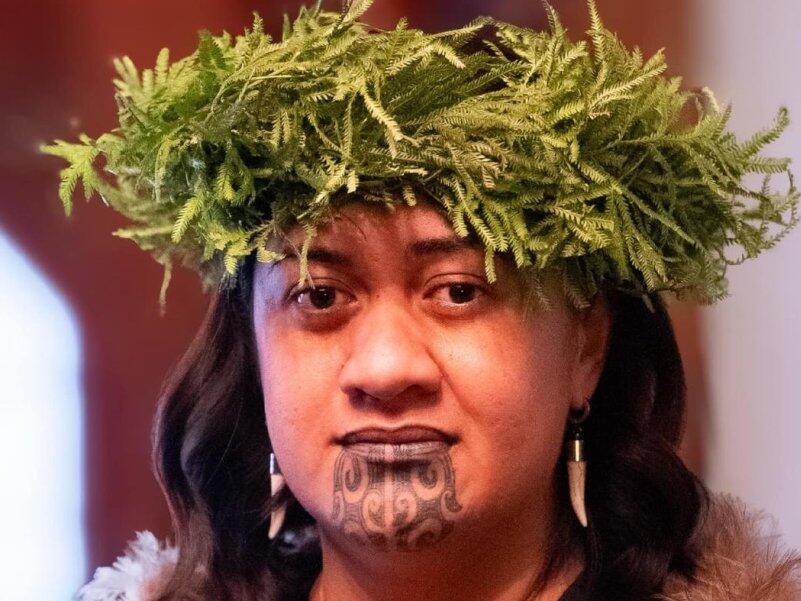Physical Address
304 North Cardinal St.
Dorchester Center, MA 02124
Physical Address
304 North Cardinal St.
Dorchester Center, MA 02124

On September 5, a new Maori queen was officially anointed following the funeral of the late king of New Zealand’s indigenous people. The ceremony took place at Turangawaewae Marae, the official residence of the Maori monarch located in Ngāruawāhia, New Zealand.
Ngawai Hono i te Po, chosen by Maori elders, received her title as the eighth monarch and the second queen in the history of the Kiingitanga movement, which represents the Maori King. At just 27 years old, she becomes the second youngest monarch to lead the Maori people. She is the only daughter of Kiingi Tuheitia, the seventh monarch, who passed away due to complications following heart surgery on August 30 at the age of 69.
The anointing ceremony commenced around 10 a.m. local time, attracting thousands of attendees who gathered to witness this significant event. A bible, which has historical importance as the same one used to anoint the first Maori king in 1858, was placed on her head during the ceremony.
Archbishop Don Tamihere officiated the anointing, using sacred oils to confer “prestige, sacredness, power and spiritual essence” onto the new queen, according to a statement from the Kiingitanga. This moment marked a new chapter for the Maori people as Ngawai Hono i te Po undertakes her role amidst a backdrop of tradition and reverence.
Following her anointing, a funeral service was held for Kiingi Tuheitia. His body was transported in a hearse, leading a grand procession to the Waikato River. Here, the king’s coffin was placed in a traditional Maori canoe, with Ngawai Hono i te Po aboard as they made their way to Taupiri Mountain, the sacred burial ground for the Kiingitanga.
The final resting place was at the mountain’s summit, where Kiingi Tuheitia was laid to rest, symbolizing the end of an era while ushering in a new leadership.
The Kiingitanga Maori King movement, established in 1858 during New Zealand’s colonial period, was created to unify Maori tribes under a single monarchy, beginning with the first king, Pootatau Te Wheowhero. The movement aimed to protect Maori culture and prevent the sale of Maori land to outsiders. Although the role of the monarch is primarily ceremonial today, it remains a vital source of unity among the Maori people.
Kiingi Tuheitia ascended to the throne in August 2006 after the passing of his mother, Dame Te Atairangikaahu, who was not only the first Maori queen but also the longest-serving Maori monarch, reigning for more than 40 years.
Throughout his reign, Kiingi Tuheitia was a strong advocate for his people. He engaged in efforts to lower the incarceration rates among Maori and supported their reintegration into society post-release. His influence extended beyond New Zealand, as he met with various world leaders, including King Charles III of Britain and Pope Francis, in addition to participating in numerous Maori cultural celebrations.
As New Zealand Prime Minister Christopher Luxon remarked, “As Kiingi Tuheitia makes his final journey from Turangawaewae, we reflect on his legacy and look to the future with hope and anticipation.” Luxon welcomed the new queen, Ngawai Hono i te Po, expressing confidence that she would carry forward the leadership mantle left by her father.
Source: UPI



